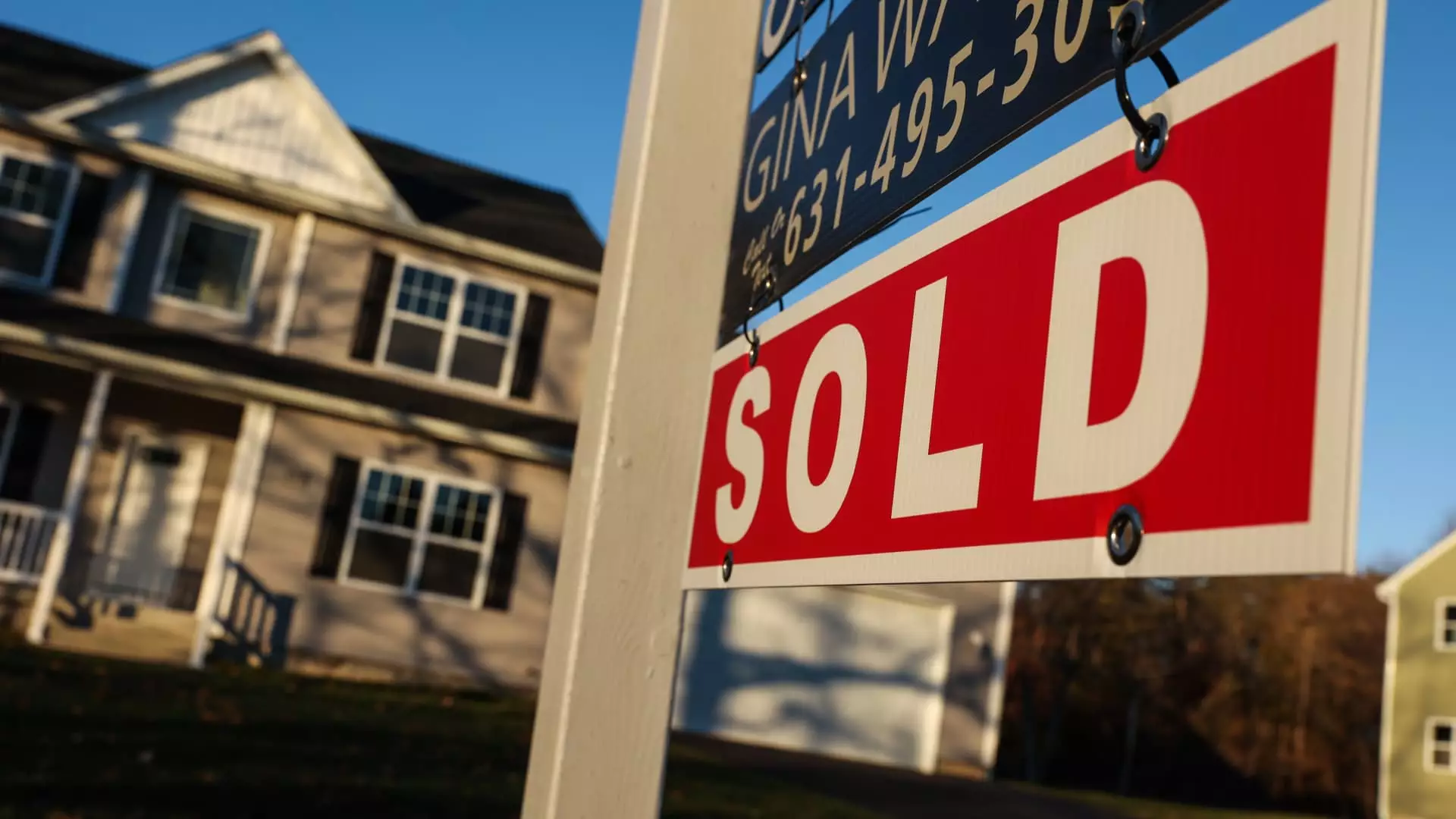In a notable shift in the housing finance landscape, mortgage rates have experienced a downward trend yet again, spurring a substantial increase in mortgage demand, particularly in the refinancing sector. Observers are eagerly anticipating the Federal Reserve’s forthcoming decision on interest rates, which marks their first cut in four years. Though mortgage rates don’t directly mirror the Fed’s movements, they inevitably feel the effects of the central bank’s policies. Matthew Graham, a key figure at Mortgage News Daily, succinctly articulated this complex relationship, emphasizing that lower mortgage rates are not automatically guaranteed—even following a Fed rate cut. The intricacies surrounding Fed Chair Jerome Powell’s commentary at the meeting are crucial as they could significantly influence market responses and cause fluctuations that warrant scrutiny.
Mortgage Application Surge
Recent statistics from the Mortgage Bankers Association reveal a remarkable surge in mortgage application volume, soaring by 14.2% on a seasonally adjusted basis compared to the week prior. Notably, these figures encompass adjustments made for the Labor Day holiday, a time when market activity typically slows. The average interest rate for 30-year fixed mortgages with loan balances up to $766,550 dipped to 6.15%, a reduction from the previous week’s 6.29%. The emergence of these lower rates represents the most competitive pricing seen since September 2022, alongside a decrease of 116 basis points compared to last year.
Joel Kan, an economist for the Mortgage Bankers Association, remarked on the surge in application activity, attributing it to heightened expectations surrounding a potential Fed rate cut that has encouraged more homeowners to explore refinancing options. The enthusiasm is palpable, with applications for refinancing rocketing by 24% over the past week and reflecting a staggering 127% increase compared to the same week one year earlier.
Refinancing vs. New Purchases
Despite the overall surge in refinancing requests, it’s instructive to note that many applicants are likely individuals who purchased homes during the two-year period following the onset of the COVID-19 pandemic, when interest rates reached historic lows. This current uptick in refinancing stems from the reality that a substantial proportion of homeowners are still locked into lower rates below 5%. Therefore, even with this influx of applications, it’s essential to recognize that it is occurring from a significantly low baseline.
While refinancing applications have surged, the demand for new home purchases shows a different narrative. There has been a modest increase of 5% in mortgage applications for home buying over the past week; however, this remains 0.4% below the figures from the same time last year. Kan noted the positive aspect of conventional purchase applications—showing growth that aligns with last year’s pace, indicating that the overall market is stabilizing and inching closer toward year-ago levels.
As mortgage rates continue to fluctuate in response to economic indicators and central bank policies, the landscape remains dynamic. The recent decline in mortgage rates is both a sign of shifting economic tides and a potential lifeline for homeowners looking to refinance. However, the intricacies of borrowing and purchasing are interwoven with broader market conditions, suggesting that while demand may be surging, the underlying landscape still warrants careful observation.

